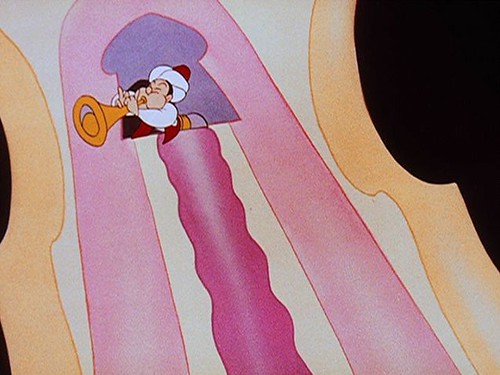I thought I’d make another gesture in the direction of object-oriented ontology (OOO) and Tim Morton. It’s not something I know much about, nor do I have any immediate plans to go there myself. Yet, for whatever reason, I’m intrigued by what Tim has to say, and others as well.
One notion, as I understand it, is that humans have no more ‘being’ than, say, a fungus; fungi have no more being than, say, a rhino virus, which has no more being than a grain of sand, and that has no more being than a quark. Being is the same all over.
I’ve got no quarrel with that. Yet, at the same time, I do believe that humans are more complex than fungi. And I’m pretty sure Morton would object to that. Still, I’m intrigued.
So let’s take that as a ‘measure’ of the distance between us.
And go on.
Let me tell you about my book on music, Beethoven’s Anvil. The whole argument depends on two conceptual decisions:
- Music is fundamentally and irreducibility a group phenomenon.
- That ‘groupiness’ is to be understood as a physical connection between brains, albeit mediated by sound waves.
It works through coupling, aka coupled oscillation. You know, you attached two pendulum clocks to the wall. Start them up so they swing independently of one another. In time, they become synchronized. It’s a purely physical interaction.



